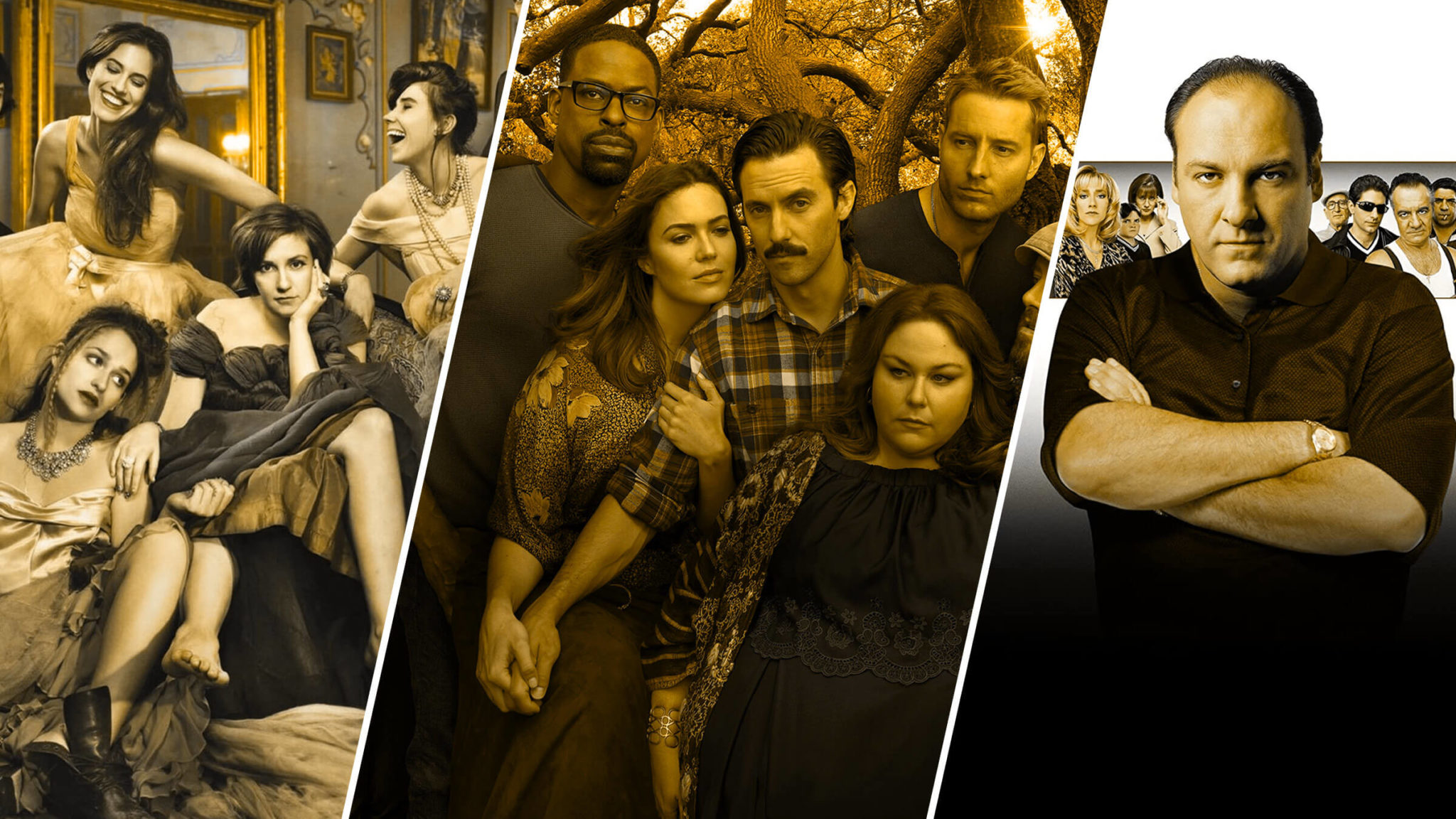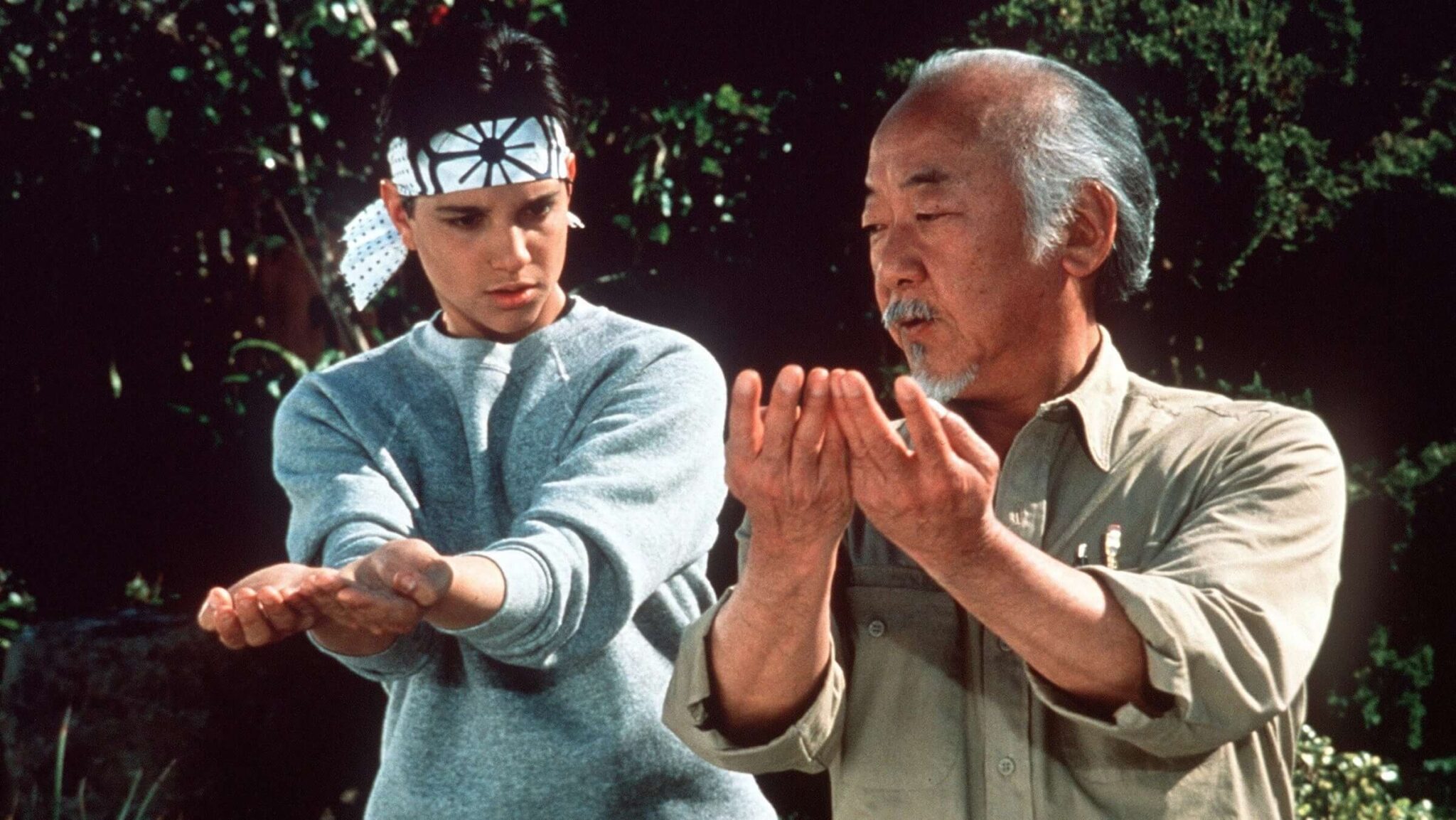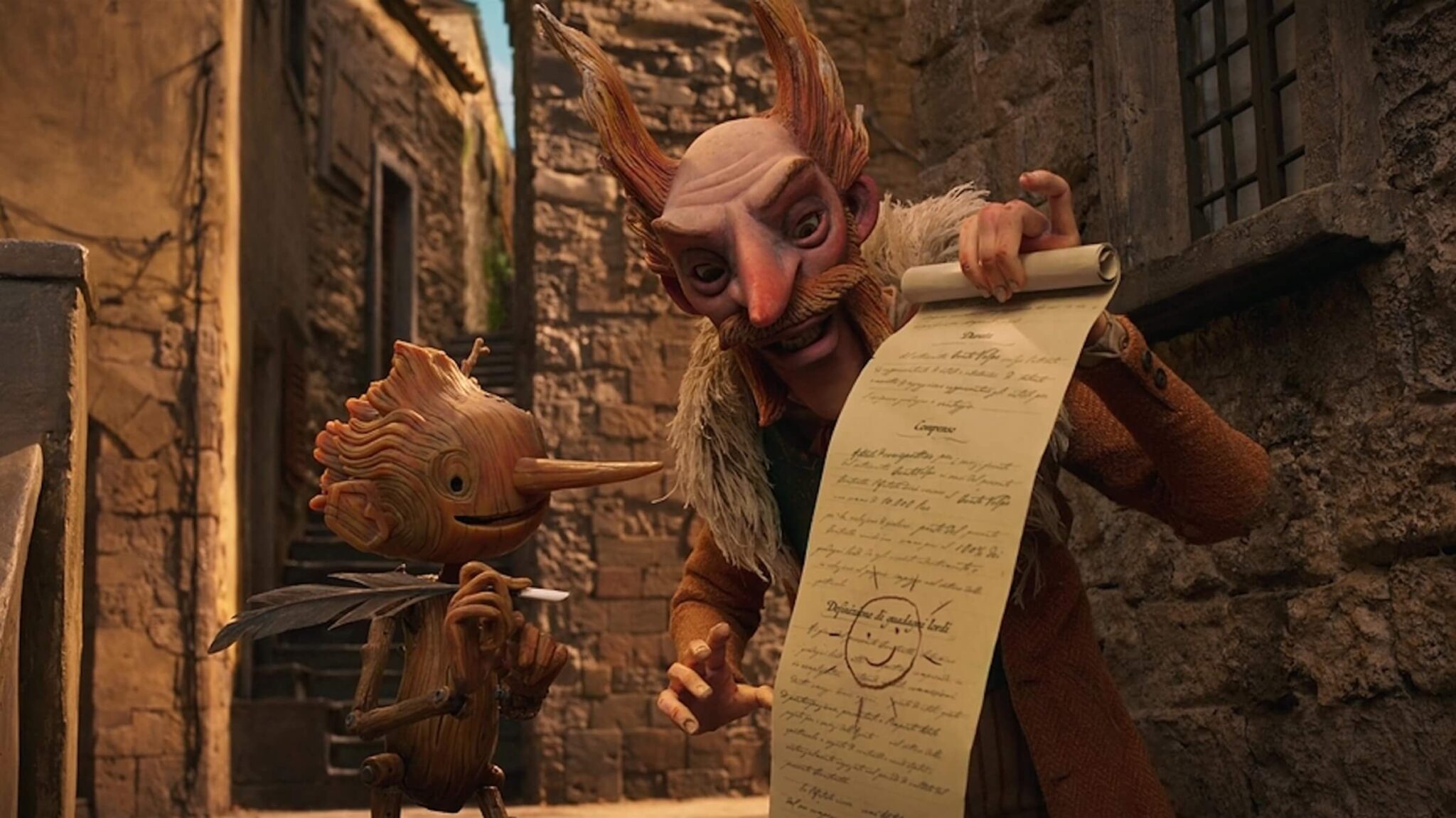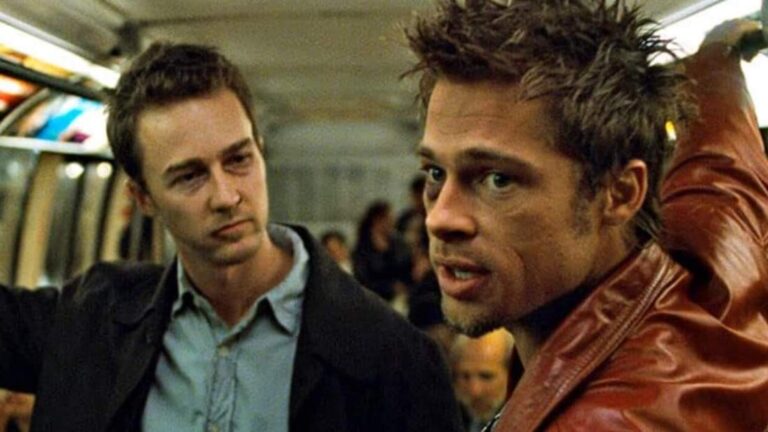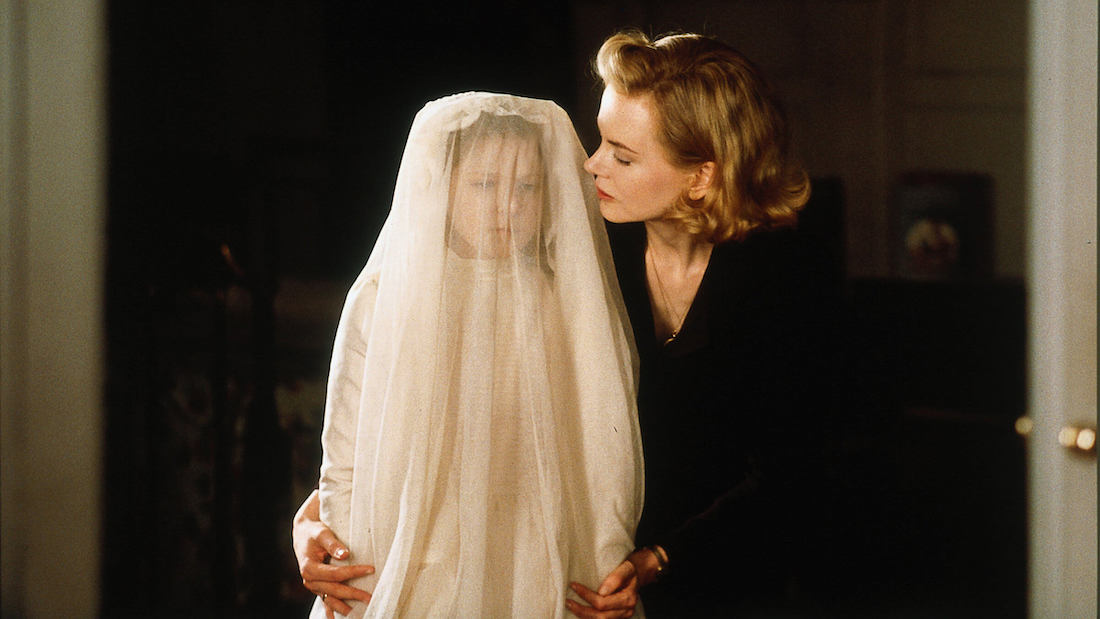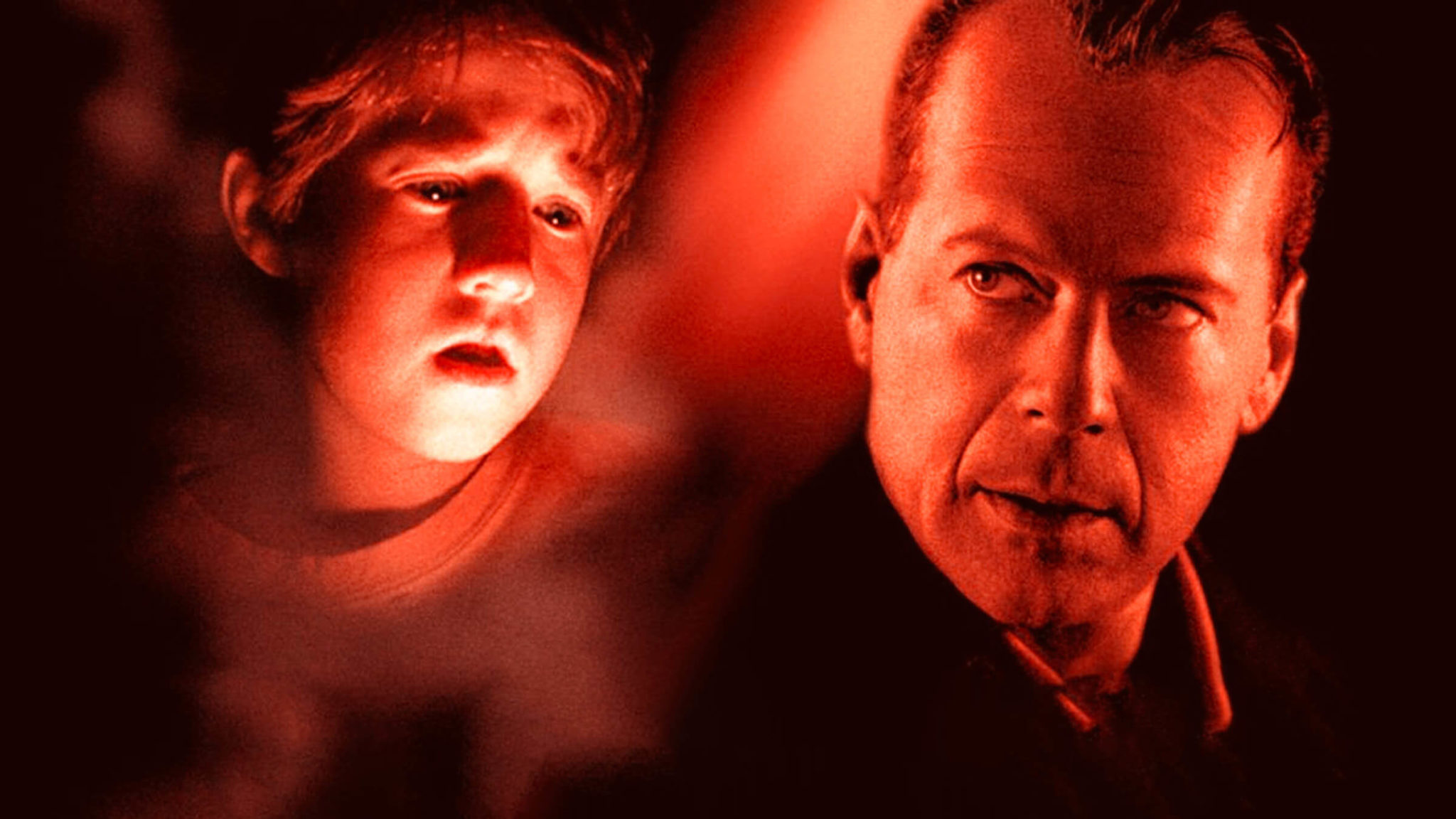What is a Plot Twist?
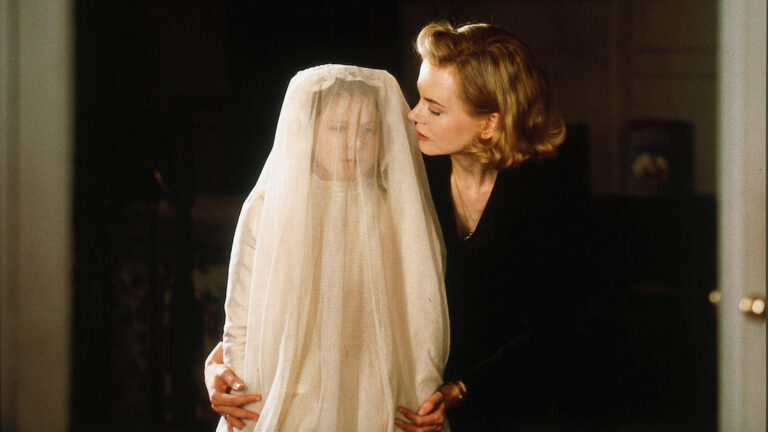
Have you ever been watching a really entertaining movie where you’re following along and just when you think you know where the story is heading, BAM! Something totally unexpected happens that changes the entire story? That surprising moment is called a “plot twist” and audiences love them!
Let’s take a look at what a plot twist is, tips on how to write them successfully, as well as three great examples you can learn from so you can write them into your own stories.

Plot Twist Definition
A plot twist is like a surprise that makes the story more exciting and keeps the audience guessing. It's a clever technique that screenwriters use to make their stories more fun and engaging. Just when you think you know what will happen next, a plot twist smashes all expectations and leaves you desperate to know what’s going to happen next.
Successful plot twists should make logical sense within the context of the story and while they are supposed to take the audience by surprise, they shouldn’t be totally out of left field, or they will feel forced or manufactured. When done well, a plot twist can intensify a movie's impact and leave a lasting impression on the audience – sometimes for decades.
Read More: 101 Great Plot Twist Ideas to Elevate Your Script
How to Write Successful Plot Twists
Here are some tips for making plot twists work in your own story.
Establish a Strong Setup
Before introducing a plot twist, make sure your story has a sturdy and engaging setup. Develop well-rounded characters with clear objectives that put your protagonist and antagonist into conflict.
In Get Out (2017), the setup involves beautiful, wealthy and white Rose (Allison Williams), and her desire to take her relationship with her attractive African-American boyfriend, Chris (Daniel Kaluuya), to the next level by taking him home to meet her parents. Meeting the parents is a familiar scenario, but we can anticipate that it might not go well considering the racial differences and prejudices that exist in America. With this setup firmly established in the audience’s minds it’s ripe for adding a very dark twist.
Read More: Best Plants and Payoff Screenwriters Can Learn From
Create Foreshadowing
Foreshadowing is crucial to make a plot twist feel natural and not forced. Drop subtle hints before the twist so that if you go back and reread the script, you’ll see the possibility that the twist was there all along. This adds a deeper layer to your story. (You can read about a specific foreshadowing technique in this article about Chekhov’s Gun.)
In The Sixth Sense, Cole tells us he “Sees dead people.” While that confession should make us suspect that Dr. Crowe might be dead, most of us just don’t consider it. While it comes as a shock to the audience that Dr. Crowe is actually a ghost, the possibility is foreshadowed when Cole expresses his unusual abilities.
Read More: 18 Plot Devices That Can Elevate Your Story
Emotional Impact
The best plot twists evoke strong emotions from the audience. Whether it's surprise, shock, sadness, or joy, the twist should resonate with the audience on an emotional level.
In Citizen Kane (1941), we follow a very unlikable protagonist called Charles Foster Kane (Orson Welles), an unscrupulous media mogul who utters a single word on his deathbed: “Rosebud.” It isn’t until the end of the film that we learn that Rosebud was the affluent but lonely man’s childhood sled he played with before he was abandoned by his parents. With this realization, we may not like Kane, but we suddenly understand Kane’s personality flaws and his obsessive drive to succeed at any cost.
Great Examples of Plot Twists in Movies
These examples showcase how well-executed plot twists can have a significant impact on the audience's perception of the story, characters, and themes, while also contributing to the overall enjoyment of the film.
The Others (2001)
This film employs a plot twist where we are led to believe that the main characters, Grace Stewart (Nicole Kidman), her children and the servants are alive and suspect their house is haunted by ghosts. The plot twist is that it’s actually Grace, her kids and the servants, who are deceased – they just don’t know it – and the supposed ghosts, are actually living, breathing humans.
This plot twist flips the world of the movie upside down, changing the way the audience’s perception of the story and creating a totally new understanding of Grace. Because the story is told from Grace’s point of view, it’s quite a shock to discover she’s actually a ghost. Another filmmaker could make the same film and tell the story from the point of view of the actual living people experiencing actual ghosts, but it wouldn’t have the same shock value or devastating emotional impact – two things highly valued in the horror genre.
The Empire Strikes Back (1980)
In the climactic scene of The Empire Strikes Back, there’s a lightsaber duel between Luke Skywalker (Mark Hammel) and Darth Vader (James Earl Jones). Darth cuts off Luke’s hand and then reveals the shocking plot twist, saying, “No, I am your father.” This revelation implies that Darth Vader is, in fact, Anakin Skywalker, Luke's father. This revelation turns Luke's understanding of his own identity and his relationship with Darth Vader on its head.
The impact of this twist is significant to the entire Star Wars saga. It adds layers of complexity to the characters, and it serves as a turning point in Luke's journey to becoming a Jedi. This twist has become a pop culture phenomenon that is often quoted – and also misquoted as “Luke, I am your father” on the internet.
Tully (2018)
You don't usually expect to encounter a plot twist in a dramedy about the unseen and unrelenting exhaustion of motherhood, but director Jason Reitman and screenwriter Diablo Cody really pulled out all the stops with Tully. Charlize Theron plays Marlo, an overwhelmed mother of three whose postpartum experience leads her to hire a young woman, Tully (Mackenzie Davis), as her family's night nanny. As the movie unfolds, it's clear that Tully's help and free-spirited personality are working wonders for Marlo — she's singing and dancing with her kids, cooking meals, and generally looking more revitalized.
However, the plot twist comes in when we learn that Tully was never real. She was just a manifestation of Marlo's younger self. That revelation puts the waitress scene with Marlo's husband Drew (Ron Livingston) into a totally different perspective, right?!
—
Remember that a plot twist should enhance the overall story, deepen the themes and provide a fresh perspective, rather than just being a surprise for the sake of surprise. While plot twists can be fantastic, using them too frequently can dilute their impact. Focus on one (maybe two) well-executed twists rather than bombarding your story with them. When executed carefully, a plot twist can leave a lasting impact on your audience and make your story memorable.
CHECK OUT OUR PREPARATION NOTES SO YOU START YOUR STORY OFF ON THE RIGHT TRACK!
Tags
Get Our Screenwriting Newsletter!
Get weekly writing inspiration delivered to your inbox - including industry news, popular articles, and more!












